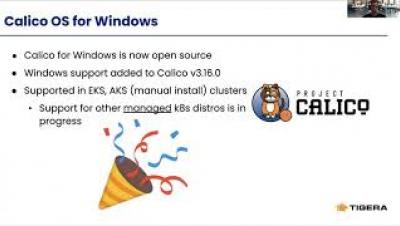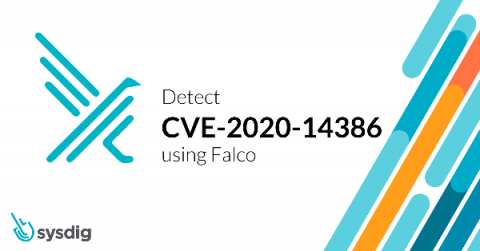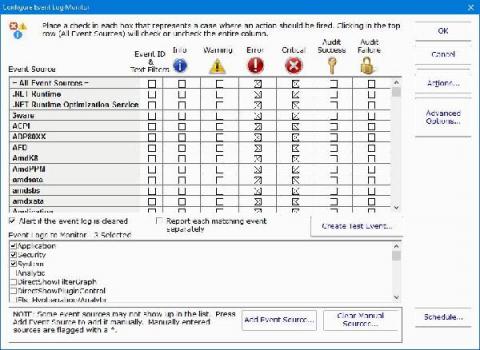Operations | Monitoring | ITSM | DevOps | Cloud
Security
The latest News and Information on CyberSecurity for Applications, Services and Infrastructure, and related technologies.
Detecting CVE-2020-14386 with Falco and mitigating potential container escapes
On September 14, CVE-2020-14386 was reported as a “high” severity threat. This CVE is a kernel security vulnerability that enables an unprivileged local process to gain root access to the system. CVE-2020-14386 is a result of a bug found in the packet socket facility in the Linux kernel. It allows a bad actor to trigger a memory corruption that can be exploited to hijack data and resources and in the most severe case, completely take over the system.
How to Implement a Strong COVID-19 Cybersecurity Plan
As COVID-19 forces more employees to work from home, companies are reevaluating their cybersecurity plans to place an increased emphasis on securing remote access, as well as phishing and ransomware prevention. Here are some of the most important security basics to include in your COVID-19 cybersecurity plan.
Leveraging behavior analytics and machine learning algorithms in your PAM strategy
Monitor Alcide kAudit logs with Datadog
Kubernetes audit logs contain detailed information about every request to the Kubernetes API server and are critical to detecting misconfigurations and vulnerabilities in your clusters. But because even a small Kubernetes environment can rapidly generate lots of audit logs, it’s very difficult to manually analyze them.
Secure and monitor AWS Outposts and hybrid clouds
Today we announced that Sysdig has demonstrated successful integration of our monitoring and security software with AWS Outposts and achieved the AWS Outposts Ready designation. AWS Outposts provides a fully managed service that extends AWS infrastructure, services, APIs, and tools to your datacenter, co-location space or “edge” location to support on-prem and hybrid cloud use cases. AWS Outposts provides a hardware and software stack built on Amazon’s EC2 public cloud expertise.
Three Ways Agencies Can Improve Cloud Security and Performance
Security corner: snap interface & snap connections
One of the defining features of snaps is their strong security. Snaps are designed to run isolated from the underlying system, with granular control and access to specific resources made possible through a mechanism of interfaces. Think of it as a virtual USB cable – an interface connects a plug with a slot. Security and privacy conscious users will certainly be interested in knowing more about their snaps – what they can do and which resources they need at runtime.
When It Comes to Security of the Platform, We Mean Business. Here's How.
At Splunk, we understand that a secure platform is a trustworthy one. We strive to implement a protected foundation for our customers to turn data into action, and part of that effort is giving you more frequent insight into the security enhancements that we’ve made to the platform. In this blog series, we’ll share the latest enhancements to Splunk Enterprise, review our security features in depth, and explain why these updates are important for you and your organization.
Announcing eBPF Mode GA
A few days ago, our team released Calico v3.16. As part of that release, we have marked the eBPF dataplane as “GA”, signalling that it is now stable and ready for wider use by the community. In this blog post I want to take you through the process of moving from tech-preview to GA.











